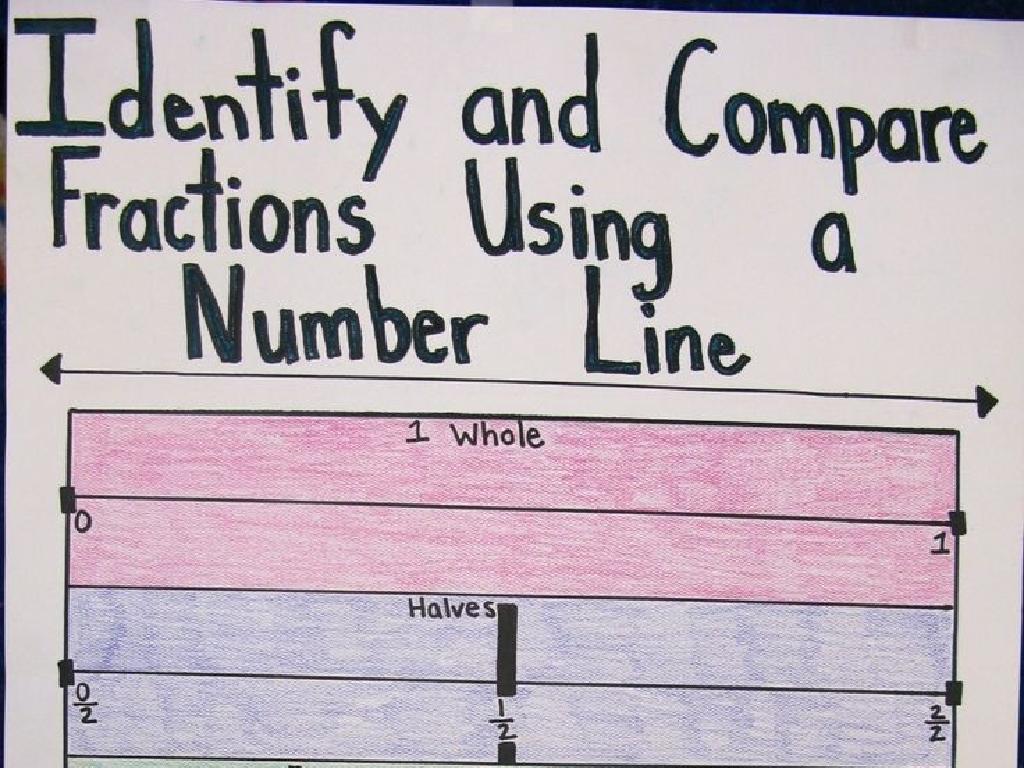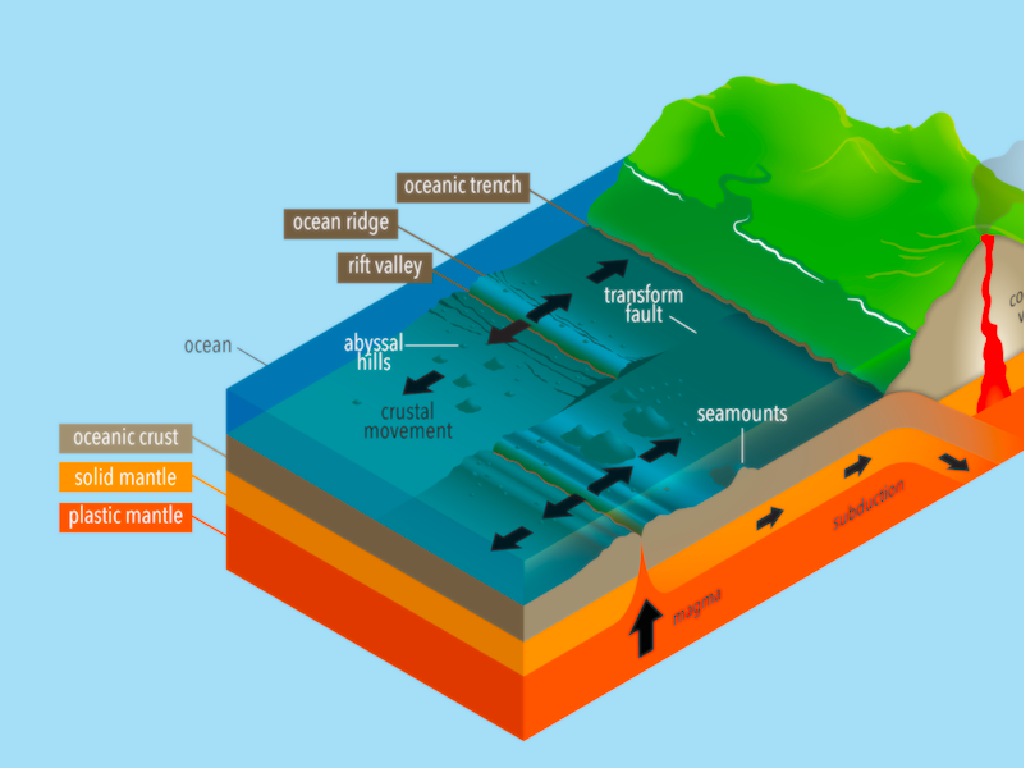Imperialism, Colonialism, And Responses
Subject: Arts and humanities
Grade: High school
Topic: World History Project - 1750 To The Present
Please LOG IN to download the presentation. Access is available to registered users only.
View More Content
Understanding Imperialism and Colonialism
– Define Imperialism and Colonialism
– Imperialism: policy of extending a country’s power. Colonialism: control over another country.
– Explore their impact on world history
– Historical events like the Scramble for Africa show the extent of their impact.
– Examine the role in shaping modern society
– Influences on culture, economy, and politics that persist today.
– Discuss responses to these forces
– Resistance movements, decolonization, and global responses.
|
This slide introduces students to the concepts of imperialism and colonialism, setting the stage for a deeper exploration of their roles in world history. Imperialism refers to the policy of extending a country’s power through diplomacy or military force, while colonialism is the practice of acquiring full or partial control over another country and exploiting it economically. Discuss how these practices have shaped nations and their relationships, leading to significant historical events and the current geopolitical landscape. Highlight the lasting effects on cultures, economies, and political systems. Finally, touch on the various responses to imperialism and colonialism, including resistance movements and the process of decolonization, to provide a foundation for understanding global dynamics.
The Age of Imperialism
– European expansion post-1750
– European nations extended their control over foreign lands, marking the start of imperialism.
– Dominant empires: British, French, Spanish, Portuguese
– These empires established colonies worldwide, influencing culture, language, and governance.
– Economic motives of imperialism
– The pursuit of resources, trade routes, and wealth drove the imperialistic endeavors.
– Political motives of imperialism
– Power and global influence motivated nations to establish and maintain colonies.
|
This slide introduces the concept of imperialism, focusing on the period after 1750 when European powers expanded their influence globally. It highlights the major empires involved and discusses the economic and political reasons behind their imperialistic actions. Students should understand how the search for resources and the desire for wealth propelled European nations to colonize vast territories. Additionally, the quest for political power and international prestige played a significant role in the expansion of these empires. Encourage students to consider the long-term impacts of imperialism on the colonized regions and the world as a whole.
Mechanisms of Colonial Control
– Direct vs. Indirect Rule
– Direct rule: colonizers control all levels of government. Indirect rule: local rulers maintain some authority.
– Colonial Administration Systems
– Systems varied: British used indirect rule in India, French preferred direct rule in West Africa.
– Impact on Local Governance
– Colonial powers often altered or replaced existing power structures with their own.
– Societal Changes
– Colonization reshaped societies, influencing culture, social hierarchies, and economies.
|
This slide examines the mechanisms through which colonial powers exerted control over their territories. Direct rule involved the colonizing power controlling all levels of government and administration, often disregarding existing local structures. In contrast, indirect rule allowed local rulers to maintain some degree of authority under the supervision of the colonizers. The choice between direct and indirect rule often reflected the administrative philosophies of the colonial powers and the nature of the local societies. The impact of these systems on local governance was profound, with many indigenous power structures being altered or completely replaced. Societal changes were also significant, as colonization brought about shifts in cultural practices, social stratification, and economic activities. Encourage students to consider the long-term effects of these mechanisms on post-colonial states.
Colonialism Around the World
– India under British rule
– British East India Company’s control leading to economic changes and social restructuring
– Congo Free State exploitation
– Harsh labor and extraction of resources under King Leopold II’s regime
– Spanish influence in the Americas
– Cultural assimilation, resource extraction, and the spread of Christianity
– Resistance movements
– Examples include the Sepoy Mutiny, Congo’s struggle for independence, and the Latin American revolutions
|
This slide examines the impact of colonialism in different regions, highlighting case studies such as India, the Congo Free State, and Spanish colonies in the Americas. Discuss the British East India Company’s role in India, leading to significant economic and social changes. Address the exploitation of the Congo under King Leopold II and the extraction of resources. Explore the Spanish colonies’ cultural and social changes, including the spread of Christianity and resource extraction. Finally, delve into the various resistance movements and revolts that emerged as responses to colonial rule, such as the Sepoy Mutiny in India, the struggle for independence in Congo, and the series of revolutions across Latin America. Encourage students to consider the long-term effects of these colonial and imperialistic practices on the present-day cultural and political landscapes of these regions.
Responses to Imperialism: The Fight for Independence
– Rise of nationalist movements
– Movements aimed at self-governance and ending foreign rule
– Leaders of independence
– Gandhi’s non-violence, Lumumba’s nationalism, Bolivar’s revolutions
– Post-colonial state challenges
– Issues like political instability and economic dependency
– Examining imperialism’s legacy
– How colonialism has shaped modern societal and political structures
|
This slide explores the various responses to imperialism, particularly focusing on the nationalist movements that emerged as a result of foreign domination. Highlight the role of key figures like Mahatma Gandhi, who championed non-violent resistance, Patrice Lumumba’s push for Congolese nationalism, and Simon Bolivar’s efforts in Latin American revolutions. Discuss the complex legacy of imperialism, including the challenges faced by post-colonial states such as political instability, economic challenges, and the lasting impact on their societal and political structures. Encourage students to think critically about the long-term effects of imperialism and to consider how history has shaped the current geopolitical landscape.
The End of Colonial Empires: Decolonization
– Post-WWII decolonization wave
– Many colonies gained independence after 1945, marking a significant shift in global power dynamics.
– UN’s influence on decolonization
– The United Nations supported self-determination and oversaw peaceful transitions to sovereignty.
– Newly independent nations’ struggles
– Challenges included political instability, economic dependency, and identity conflicts.
– Global impact of decolonization
|
This slide delves into the period following World War II when numerous colonies across Asia, Africa, and the Middle East gained independence, signaling the decline of colonial empires. The United Nations played a pivotal role by advocating for self-determination and facilitating the decolonization process. However, the transition to independence was not without its challenges for the new nations, which faced a range of issues from political upheaval to economic difficulties. The global impact of decolonization reshaped international relations and set the stage for the Cold War era. Encourage students to consider the long-term effects of colonialism on these nations and the international community’s response to new states emerging from colonial rule.
Imperialism and Colonialism in Art
– Art reflects imperialist ethos
– Artworks often depicted the power dynamics and cultural narratives of the time.
– Analyze era’s paintings & literature
– Examine how artists portrayed colonial subjects and imperial powers.
– Art as resistance & expression
– Art provided a voice for the colonized and a critique of imperial practices.
– Impact on modern perspectives
|
This slide delves into the complex relationship between art, imperialism, and colonialism. Students will explore how art has been used historically to both perpetuate and challenge the ideologies of imperialist and colonialist powers. By analyzing paintings and literature from the era, students can gain insights into the prevailing attitudes and the subtle forms of resistance. Art served as a powerful medium for expression, often conveying the struggles and perspectives of those under colonial rule. Encourage students to consider the lasting impact of these artistic expressions on our understanding of history and their influence on modern perspectives of power and resistance.
Role-Play Debate: Imperialism & Its Impacts
– Form groups: imperial vs. colonized
– Prepare pro & con imperialism arguments
– Understand both perspectives
– Consider economic, social, cultural, and political impacts
– Reflect & discuss post-debate
– Share insights on imperialism’s legacy
|
This class activity is designed to engage students in a role-play debate to explore the complex impacts of imperialism. Divide the class into two main groups, one representing the imperial powers and the other representing the colonized societies. Each group should prepare arguments that defend their position on the effects of imperialism. Encourage students to delve into the economic, social, cultural, and political aspects of imperialism and colonialism. After the debate, lead a reflection session where students can discuss the insights they gained and consider the long-term legacy of imperialism. Possible activities include writing a reflective essay, creating a poster that represents the views of each side, or a round-table discussion to further explore the topic.






